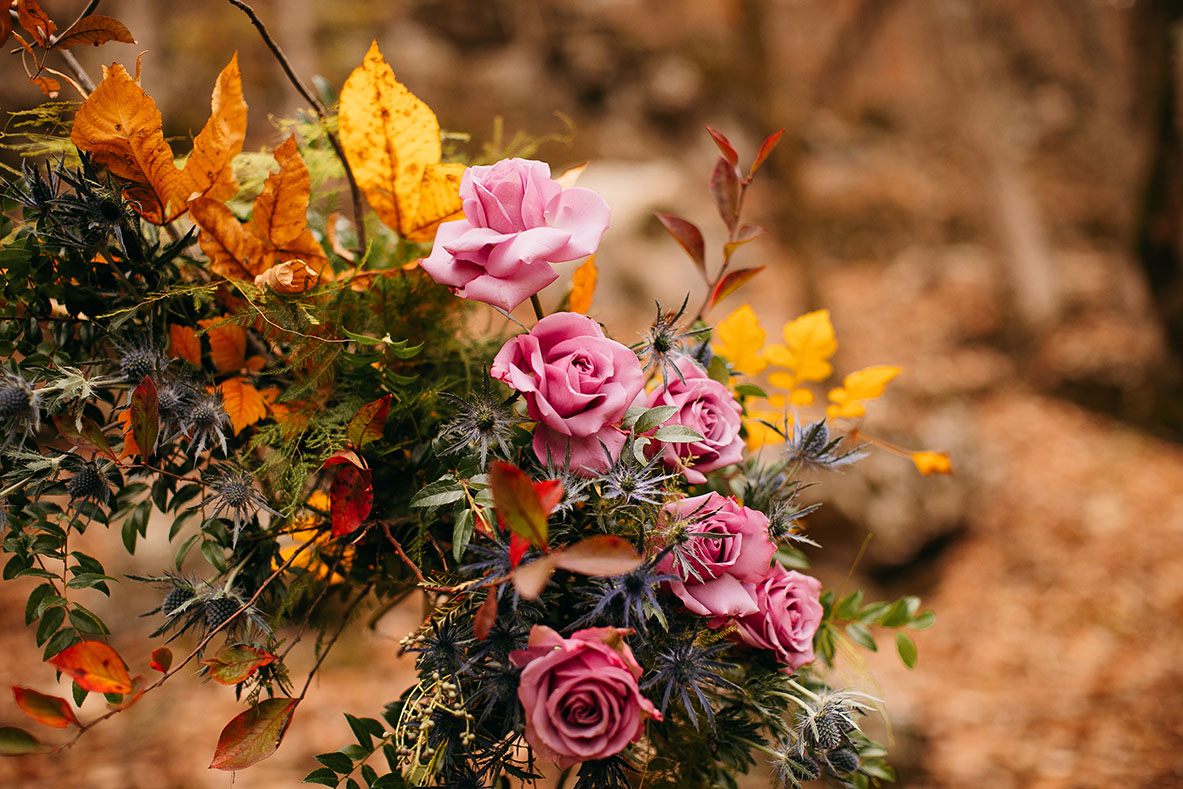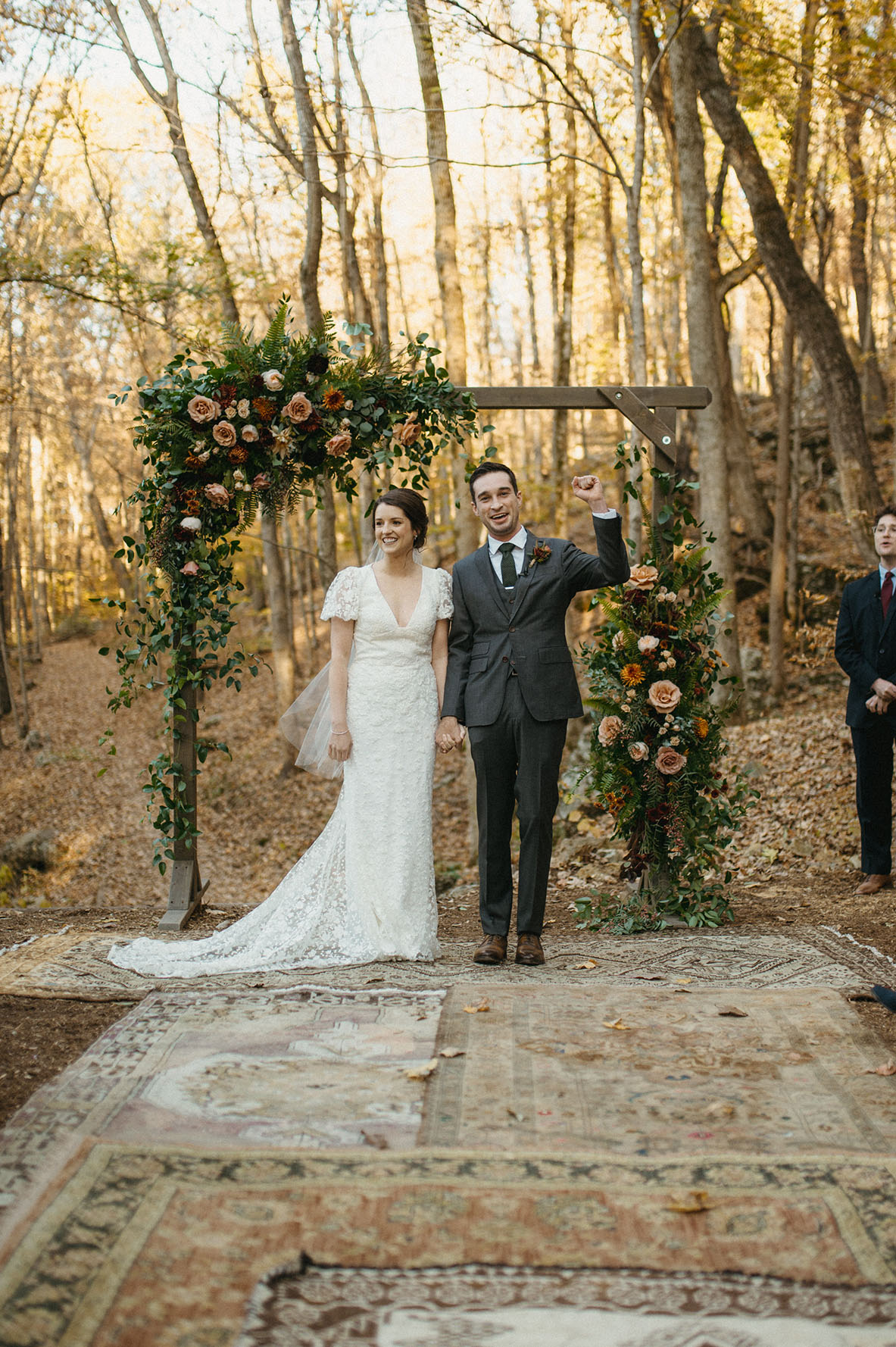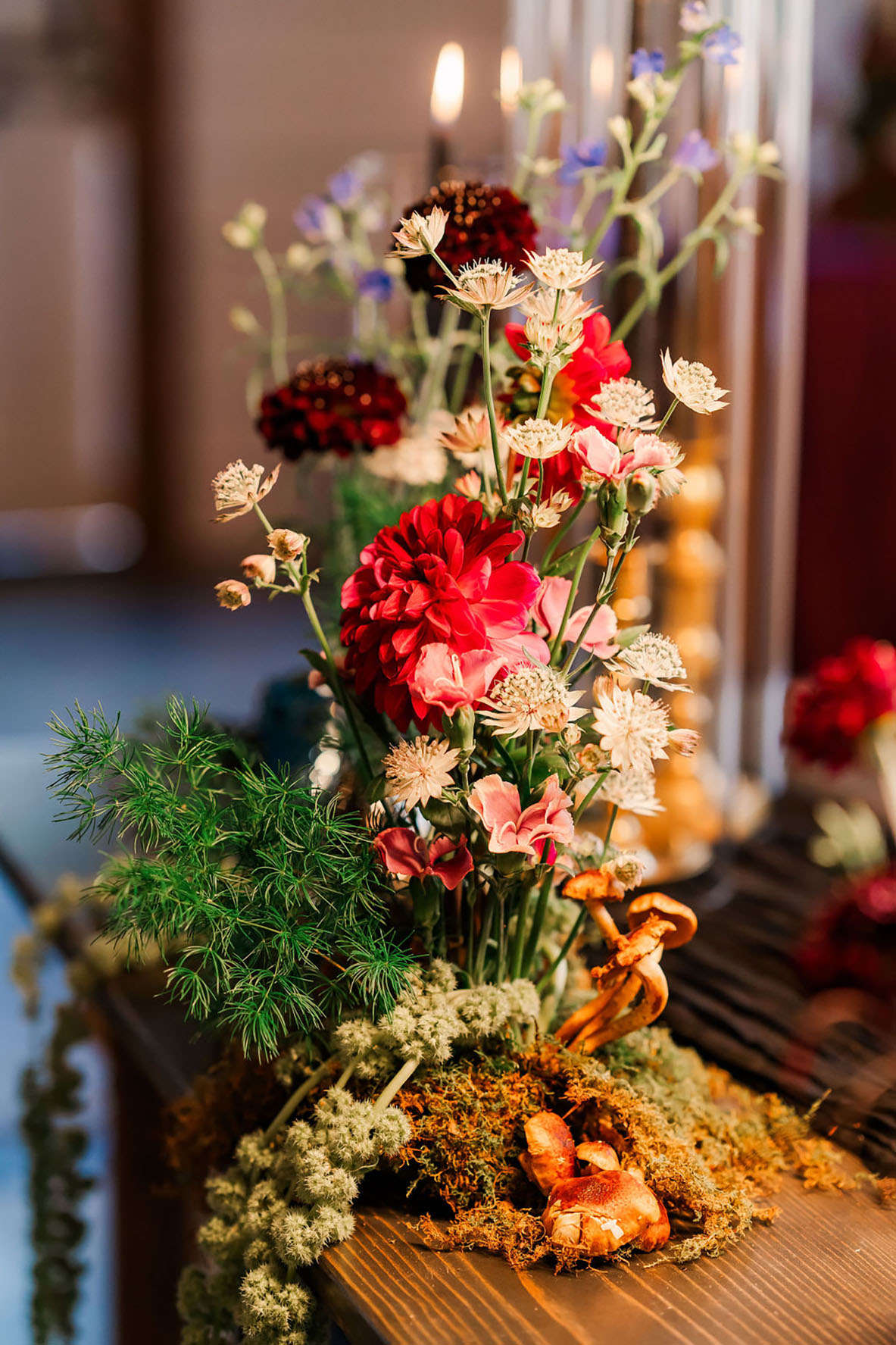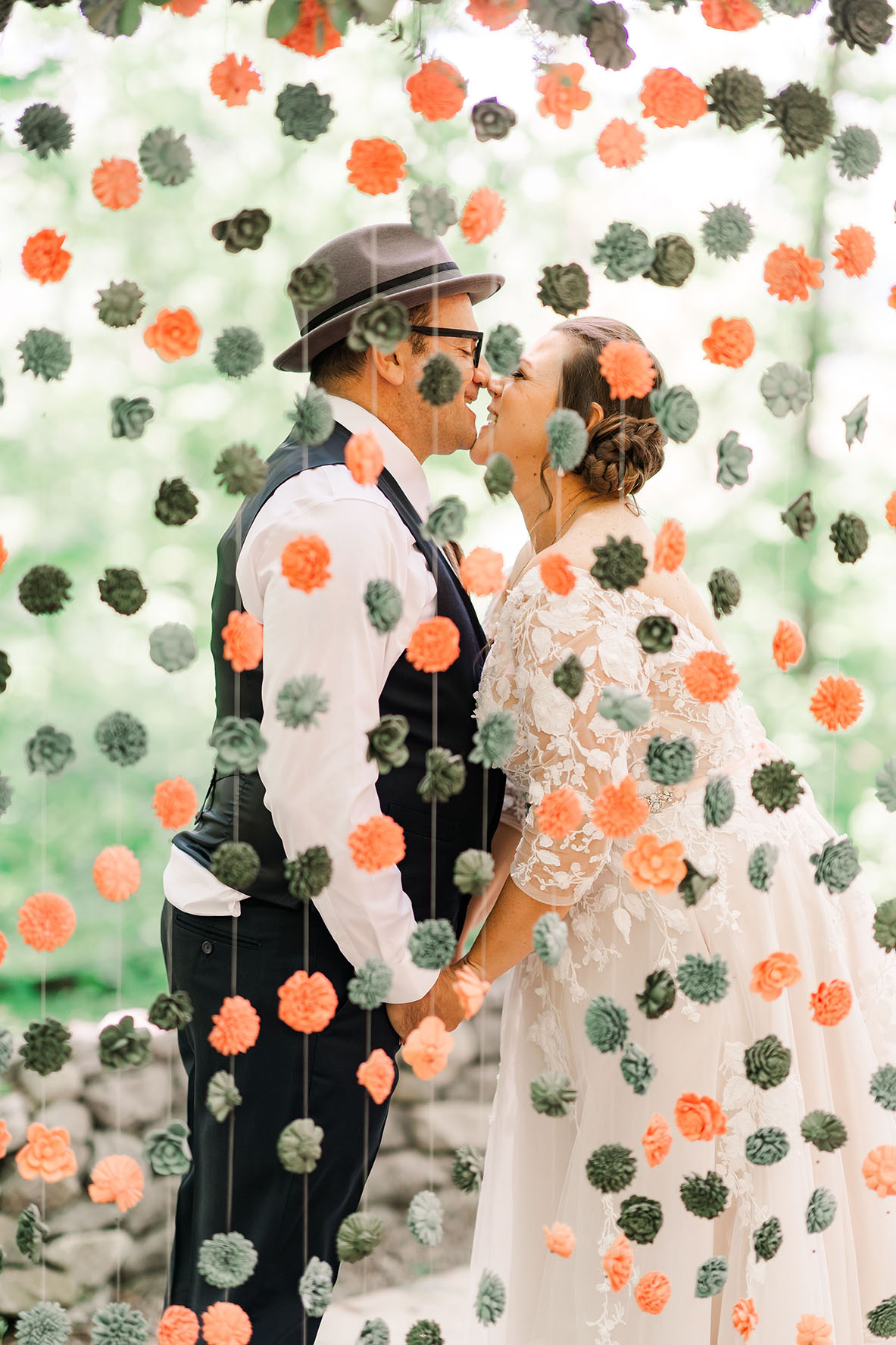Sustainable Wedding Tips: Florals
Posted in Sustainable Wedding Tips, Wedding Advice on Apr 17, 2024
Let's talk flowers! There's so much debate, controversy and discussion about wedding flowers, and so many misconceptions about what is sustainable and what isn't.

First off, let's explain conventionally grown flowers. Many of the giant beautiful arrangements and installations you see on Pinterest and Instagram include hothouse flowers, or flowers that have been shipped from around the globe. This shipping of course is one part of the carbon footprint, but another, less-considered issue is the amount of fungicides and pesticides used on them, as customs isn't terribly keen on non-native bugs coming into our ecosystem. Past examples of these issues include the fungus that wiped out the majestic American Chestnut trees, and more recent examples include the stink bugs and various non-native ladybugs that overwinter in your home. Yay.
Local Flower Farms
In my opinion, the most sustainable option is to source fresh flowers, locally. Flower farming is on the rise in pockets all over the US, which eliminates the need for shipping flowers halfway across the globe. A number of flower farms also tend to think twice about nasty things like pesticides and instead seek more natural methods to insect and weed control, again making this a fantastic option.
Nearby flower farms to our location include:
Joli Jardin Flower Farm and Shop
Lookout Lavender (all lavender!)
To find flower farms in your area, go to localharvest.org and type in "flowers" by zip code.
From there, don't forget about how live florals are added to installations, including your arbor. Flower foam, that squishy green stuff, is highly toxic and loaded with formaldehyde. Many florists now specialize in "foam-free" arrangements, using chicken wire, soaked straw, and flower picks (little reusable containers of water for your flower that are hidden in the arrangement). So when researching your florist, definitely check to be sure they are familiar and comfortable with foam-free arrangements. Some of our local recommendations include:
Joli Jardin Flower Farm and Shop

Dried florals
Want flowers practically for free? OK... not completely, but! You can dry flowers by hanging them upside down for several days. These can be ones you grew, ones some gardening friend or relative grew, or even some you find on the side of the road (NOTE: PICK RESPONSIBLY -- the general rule of foraging is to take no more than 10% of any plant you find). What's really cool is to mix a few fresh flowers in for color and texture. Dried flowers form a natural, neutral backdrop and work so well as filler, or even standalone.
Several of the nearby flower farms also dry their flowers, and Joli Jardin offers floral arranging parties for you and your wedding party to take part in -- again making this probably the softest option for your budget.
While you can purchase dried flowers from Amazon, big box stores and other sources, check carefully! Many commercially-created dried flowers have been bleached or dyed, which makes them not so sustainable as those bleaches and dyes are bad for the planet.
Garden Center Options
You can always use potted plants for great impact as well, and then take them home for your garden or let your guests take them home as a guest-gift. Ferns, forced bulbs, herbs and all sorts of low-growing (or bigger) ornamentals look great in a thrifted container.

Sola Wood Flowers
Another sustainable option that's been gaining attention lately are sola wood flowers. Here is one source:
Sola wood flowers are made from Shola (scientific name Aeschynomene Aspera). Shola plants are a top source of sustainable wood-crafting material and are abundant in nature, and can be easily grown in rice paddies and waterlogged lands.
These are unlikely to fool anyone into thinking they are real flowers (hence if you look them up, you'll see a few people have asked how to make them look more real) -- so keep that in mind while designing your space with them. A bouquet is going to be challenging to figure out with these, which is why a number of them are tight bouquets rather than big loose flowing ones, but if you are using them as accents, they will add some texture and interest. I could see a few white ones tucked into moss and ferns in one of our big silver serving bowls on the tables, which would look amazing!
Using them in creative installations is also a great idea. One wedding in 2023 created a curtain backdrop for their arbor with them, which was a fantastic idea.
 One thing I do have questions on is if the dyes used are nontoxic (a quick google search led to a few dead-ends), but of course you can stick to the neutral/un-dyed versions and then create natural plant dyes so you know exactly how sustainable your florals are.
One thing I do have questions on is if the dyes used are nontoxic (a quick google search led to a few dead-ends), but of course you can stick to the neutral/un-dyed versions and then create natural plant dyes so you know exactly how sustainable your florals are.
Plastic/silk flowers:
I am, without a doubt, going to make some people mad. Silk flowers are not sustainable as many of them are not actually silk, but petroleum-based, and plastic bits and pieces and garlands are even less so. I have heard the arguments about how they can be re-used, but how often does that happen? Does that offset the toxic chemicals released into our air and water while they are being made, and which they then slowly release as they degrade? My argument is no. And, despite all of our technological advances, silk flowers still look... fake. What to do if your floral budget is limited? I can tell you nobody will notice there are no flowers on your tables, and I doubt anyone will comment if your wedding party doesn't have any.

